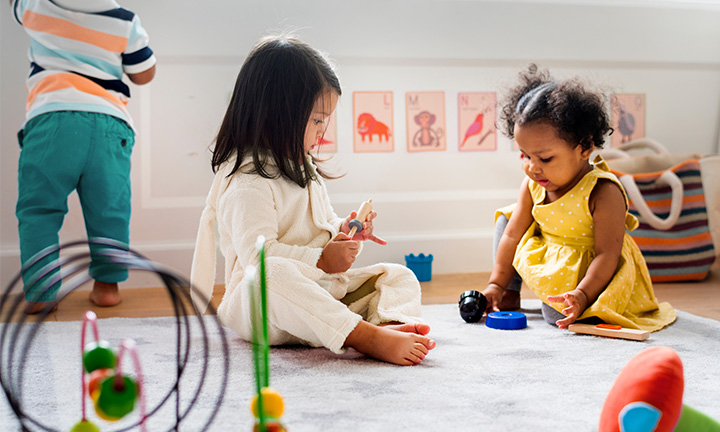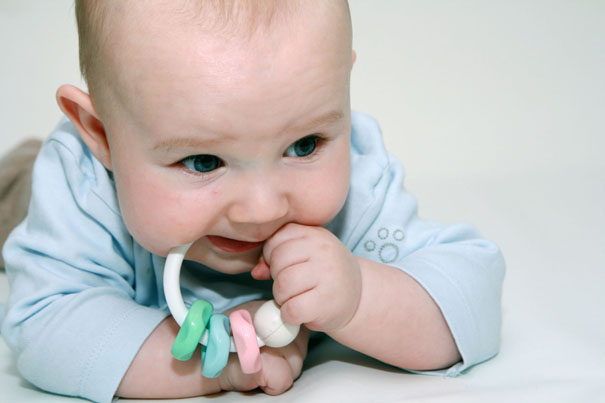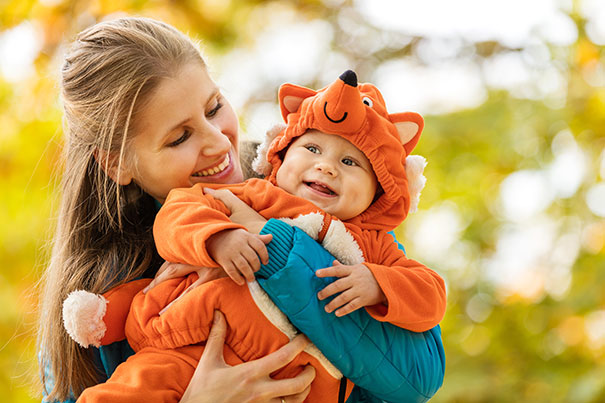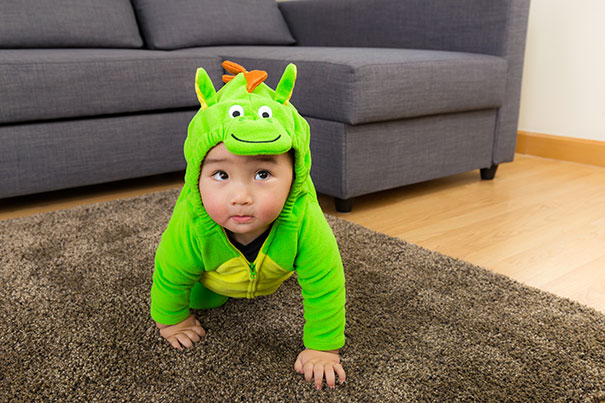
Activities for Newborns: How to Entertain and Bond With Your Baby
Looking for fun and developmentally appropriate infant activities? Engaging your baby in simple, age-appropriate play is essential for supporting their physical, cognitive, and emotional growth. From tummy time to sensory play, the right activities can help strengthen muscles, improve motor skills, and encourage early communication.
Here are a few gentle activities for newborns that support early development:
Whether you’re a new parent or caregiver, this guide will help you choose the best infant activities for each stage of your baby’s growth. Let’s explore creative and effective ways to play and bond with your little one.
Why Newborn Play Is Important
In the earliest weeks of life, play might not look like much, but it’s already laying the foundation for learning and connection. Even the simplest activities for newborn babies, like talking to them or gently moving their arms and legs, help their brain and body develop in sync.
Play is also how you begin bonding with your baby. Every time you respond to a coo or make eye contact, you build trust and emotional security.
At this stage, activities for babies don’t need to be complicated. Your little one is already learning through sound, touch, movement, and facial expressions. These early newborn development activities support physical skills, sensory awareness, and social-emotional growth.
If you're wondering how to entertain a newborn, the answer is simpler than you think: look, listen, talk, and touch. These interactions count as play. So, remember that your presence is already doing so much. Consistent interaction can help your newborn feel secure and engaged with the world around them.
Sensory Activities for Infants
Newborns begin exploring the world through touch, sound, smell, and sight right from the start. Gentle infant sensory activities, such as talking, singing, or offering safe textures, can help your baby begin to notice and respond to the world around them. These moments of interaction support early development and help nurture your connection.
If you're looking for gentle activities for babies that promote connection and learning, here are a few newborn sensory activities to try at home:
Tummy Time
Tummy time is one of the most helpful activities for newborn babies. It gives your little one a chance to strengthen muscles needed for rolling, sitting, and crawling later on.
Since babies should always sleep on their backs, this simple, supervised activity while they’re awake helps balance out time spent lying face-up.
You can start with just a few minutes at a time, ideally two to three sessions each day, and slowly increase the length as your baby gets more comfortable. Even short stretches of tummy time add up and can support your baby’s physical growth over time.
Here are a few gentle activities to do with newborn babies during tummy time:
These early newborn activities can help your little one get used to pushing up, lifting their head, and eventually using their arms for support. If your baby fusses during tummy time, try getting down on their level to reassure and engage them—it’s not just exercise; it’s also a bonding opportunity.
Tummy time also pairs well with infant sensory activities. For example, you could introduce a textured blanket under their hands or place a safe baby mirror nearby for visual interest.
How to Play with A Newborn at Different Stages
During the first few weeks, you may wonder how to entertain a newborn when they mostly sleep, feed, and stare into space. But these early moments are the perfect time to begin bonding, and even the tiniest interactions count as play.
The answer is simple: just be with them. Gaze into their eyes. Gently talk or sing. Offer your finger to grasp or stroke their tiny feet. These quiet but meaningful moments help your little one start to connect with the world around them.
In this stage, activities for newborn babies are more about sensing than doing. Soft voices, skin-to-skin contact, or short bursts of tummy time are all ways to connect while supporting early development.
As your baby reaches the 1-month mark, they may begin to spend a little more time awake and a little more time observing and responding. That’s when you can start building on these simple beginnings with more age-specific infant activities.
Here are some activities to try for newborns and beyond:
Activities for a 1- to 3-Month-Old
Between 1 and 3 months, your baby becomes more alert and begins responding to the world around them. This is a great time to introduce playful interactions that support development and connection.
Some easy ways to play at this stage include:
These early moments may feel simple, but they’re the building blocks of your baby’s development. Whether you’re looking for new ways to connect or just wondering what kinds of things to do with a 2-month-old, trust that talking, touching, and responding with care already count as meaningful play.
Activities for a 4- to 7-Month-Old
Between 4 and 7 months, babies often become more curious, active, and expressive. At this stage, your baby may be reaching, rolling, laughing, and exploring toys with their hands—and even their mouth. Playtime can be more interactive now, and you can start encouraging your baby to experiment with cause and effect.
Here are a few gentle and fun things to do with a 4-month-old or older:
If you're wondering what to do with a 5-month-old who’s extra alert or wiggly, singing a song like Twinkle, Twinkle, Little Star or Baa, Baa, Black Sheep is a simple way to calm and engage them.
As your baby moves toward 6 months, you might notice they’re more eager to interact. Great things to do with a 6-month-old or a 7-month-old include:
Each of these early games supports your baby’s growing sense of independence and ability to focus. At this age, play doesn’t just build skills; it also gives your little one a chance to connect with you and enjoy the world around them.
Activities for an 8- to 12-Month-Old
By this age, your baby may be crawling, pulling up, pointing, and becoming much more interactive. You might notice a growing desire for independence, especially during meals or play. At this stage, everyday moments become rich learning opportunities.
Here are some development-friendly things to do with an 8-month-old or older:
Looking for more things to do with a 9-month-old or what to do with a 10-month-old who’s constantly on the move? Try:
Around 11 to 12 months, babies often show stronger preferences and are eager to try new challenges. Some engaging activities for a 12-month-old include:
As your baby nears toddlerhood, you might also start exploring local attractions for 1-year-olds, like baby-friendly storytimes or soft play areas—if you're comfortable and your baby’s healthcare provider agrees.
Safety Tips
Make sure play supports development while staying safe:
FAQS AT A GLANCE
Offer face time, talk to them, smile, and respond to their sounds. These small moments help support early learning and bonding.
The Bottom Line
When you're looking for activities to do with your newborn, keep it simple. Talking, reading, tummy time, skin-to-skin contact, and walks in the stroller all support bonding and early development. These small moments add up.
Your baby is already learning from everything you do together. Capture these early days with photos and take time to notice the little changes. Before long, you'll look back and see just how much your baby has grown.
As your baby gets older, you’ll find even more ways to play, connect, and explore—right at home. Check out these ideas for indoor activities with babies and toddlers for what’s next.
And don’t forget—using the Pampers Rewards App is a great way to unlock digital offers on Pampers products as your little one grows.
How We Wrote This Article The information in this article is based on the expert advice found in trusted medical and government sources, such as the American Academy of Pediatrics and the American College of Obstetricians and Gynecologists. You can find a full list of sources used for this article below. The content on this page should not replace professional medical advice. Always consult medical professionals for full diagnosis and treatment.
- American Academy of Pediatrics: "Infant Physical Activity."
- Kids Health: A Guide for First-Time Parents
- Healthy Children: Sun Safety: Information for Parents About Sunburn & Sunscreen
- Healthy Children: Simple Ways to Entertain & Boost Your Baby’s Development at Home
- Kids Health: Bonding With Your Baby
- Zero to Three: Supporting Brain Development From 2 to 6 Months
- Kids Health: Tummy Time
- KidsHealth: "Learning, Ages 1–3 Months."
- KidsHealth: "Learning, Ages 4–7 Months."
- KidsHealth: "Learning, Ages 8–12 Months."
- World Health Organization: "Engaging and Having Fun With Newborns and Children Under 5 Years."
- Zero to Three: "Stages of Play: From Birth to 6 Months—A Full-Body Experience."
Read more about Baby
Related Articles
Join a World of Support
through Pregnancy and Parenthood.
TRACK WITH TOOLS
LEARN WITH EXPERTS
GET REWARDED














